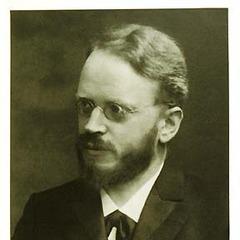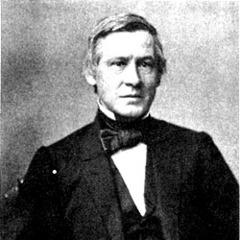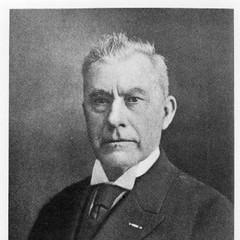Robert Fortune Quotes

Robert Fortune (1863). “Yedo and Peking: A Narrative of a Journey to the Capitals of Japan and China”, p.11
One marked feature of the people, both high and low, is a love for flowers.
Robert Fortune (1863). “Yedo and Peking: A Narrative of a Journey to the Capitals of Japan and China”, p.11
Robert Fortune (1853). “Two visits to the tea countries of China and the british tea plantations in the Himalaya”, p.74
Robert Fortune (1847). “Three Years' Wanderings in the Northern Provinces of China: Including a Visit to the Tea, Silk, and Cotton Countries; with an Account of the Agriculture and Horticulture of the Chinese, New Plants, Etc”, p.85
Robert Fortune (1847). “Three Years' Wanderings in the Northern Provinces of China: Including a Visit to the Tea, Silk, and Cotton Countries; with an Account of the Agriculture and Horticulture of the Chinese, New Plants, Etc”, p.143
Robert Fortune (1847). “Three Years' Wanderings in the Northern Provinces of China: Including a Visit to the Tea, Silk, and Cotton Countries; with an Account of the Agriculture and Horticulture of the Chinese, New Plants, Etc”, p.141
Robert Fortune (1847). “Three Years' Wanderings in the Northern Provinces of China: Including a Visit to the Tea, Silk, and Cotton Countries; with an Account of the Agriculture and Horticulture of the Chinese, New Plants, Etc”, p.141
Robert Fortune (1847). “Three Years' Wanderings in the Northern Provinces of China: Including a Visit to the Tea, Silk, and Cotton Countries; with an Account of the Agriculture and Horticulture of the Chinese, New Plants, Etc”, p.85
Robert Fortune “A Residence Among The Chinese”, Lulu.com
Robert Fortune (1863). “Yedo and Peking: A Narrative of a Journey to the Capitals of Japan and China ...”, p.112
Robert Fortune (2012). “A Journey to the Tea Countries of China: Including Sung-Lo and the Bohea Hills; with a Short Notice of the East India Company's Tea Plantations in the Himalaya Mountains”, p.329, Cambridge University Press
Robert Fortune (1853). “Two visits to the tea countries of China and the british tea plantations in the Himalaya”, p.72
Robert Fortune (1863). “Yedo and Peking: A Narrative of a Journey to the Capitals of Japan and China ...”, p.113
Robert Fortune (1847). “Three Years' Wanderings in the Northern Provinces of China: Including a Visit to the Tea, Silk, and Cotton Countries; with an Account of the Agriculture and Horticulture of the Chinese, New Plants, Etc”, p.85






